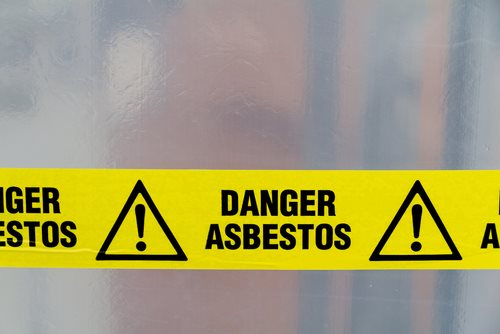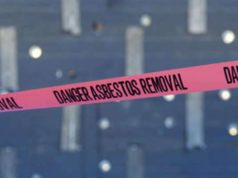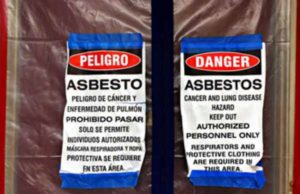
Maryland asbestos abatement procedure is the responsibility of the Maryland Department of the Environment. The role of this agency is to ensure that federal standards for the control and removal of asbestos are met through licensing of asbestos abatement contractors, regulations on properties and schools and referring persons to laboratories that can test materials on their behalf.
Asbestos in Maryland shipyards
The widespread use of insulation in the tight quarters of ships exposed dockworkers, sailors and other workers to high concentrations of asbestos containing materials. The navy has since abated their ships or scrapped them entirely, but there exists an entire generation of workers and sailors that can potentially develop asbestos related diseases from working at these shipyards unprotected. The use of incinerators also led the fire resistant asbestos to spread through the air where it was inhaled by those working at the shipyards. The worst of the shipyards have been shuttered, with federal asbestos abatement ongoing.
Asbestos in industry
Several refineries and factories also used asbestos to insulate machinery and other equipment, aside from typical fireproofing applications. Maryland asbestos abatement procedure will consist of using advanced filters to clear the air in these structures and the removal of all friable materials that may cause further unnecessary exposure.
Who may remove asbestos in Maryland?
All that follow Maryland asbestos abatement procedure must be certified by the state. To become certified, they must attend specialized training sessions that cover basic asbestos safety, abatement procedures, and other critical knowledge that will prevent the risks of exposure and proper disposal of asbestos containing materials.
What structures are exempt from parts of the Maryland asbestos abatement procedure?
Most residential homes will be exempted from the typical notification and approval process. The homeowner must still be diligent when removing asbestos containing material and also ensure that secondary contamination does not occur. There is no exemption for safe disposal of toxic substances and as a general rule, all friable materials must be wet and sealed as well as properly labeled before it can be turned over to a state authorized landfill for proper disposal.
Proper disposal of asbestos containing materials
All property owners, regardless of coverage under the law, must dispose of asbestos properly, in sealed containers, as sites designated by the state. Certain non-friable material can be treated as construction waste, but most friable material must be wet and sealed to prevent the escape of dangerous fibers. You must contact the landfill in advance to secure approval before transporting the asbestos containing material there.
Proper asbestos abatement
You will need to fill out forms to notify the MDE of the asbestos abatement. The contractor can help you secure this form and fill it out properly. It must be completed in advance of the construction work.
Friable materials generally need to be removed, regardless of if there is a demolition or renovation. An alternative to removal is encapsulation, which seals the exposed fibers under a durable seal. This is not an option for demolitions, as there will be the danger of the material further crumbling during the destruction. All durable asbestos material that will not crumble may be disposed as normal construction waste, although this is not definite.



























